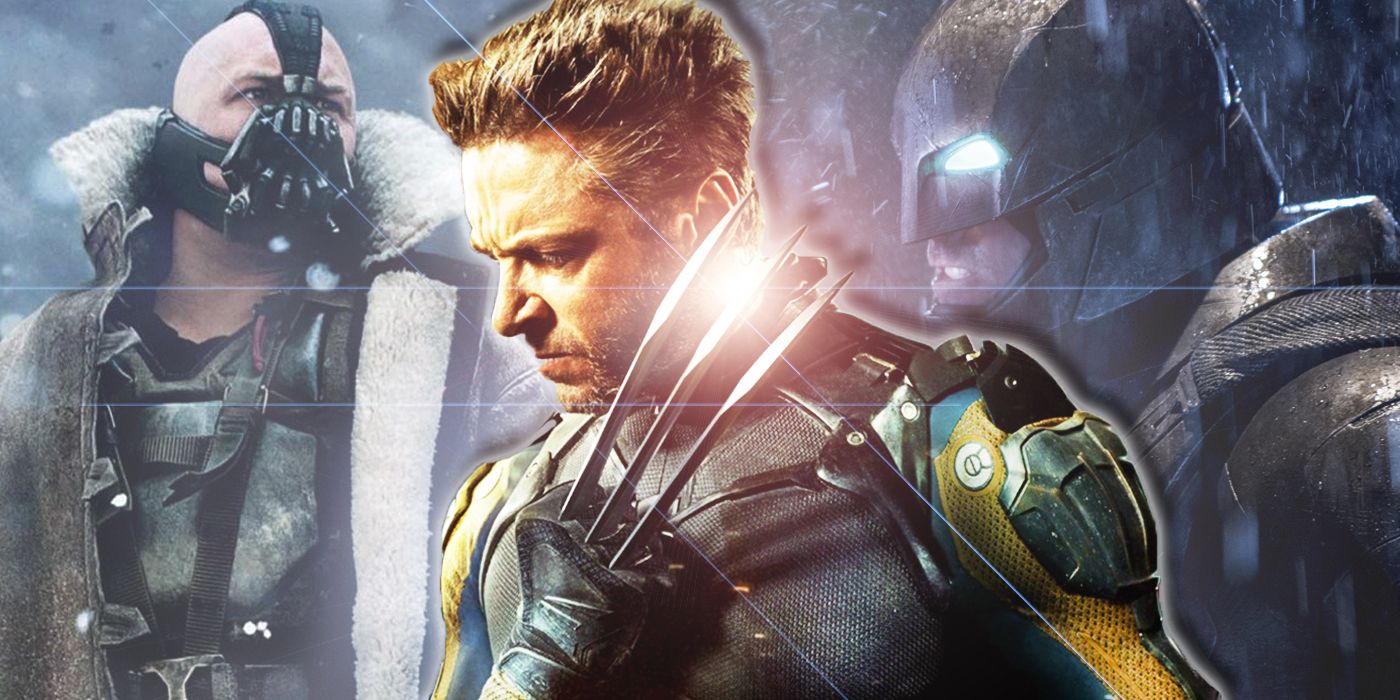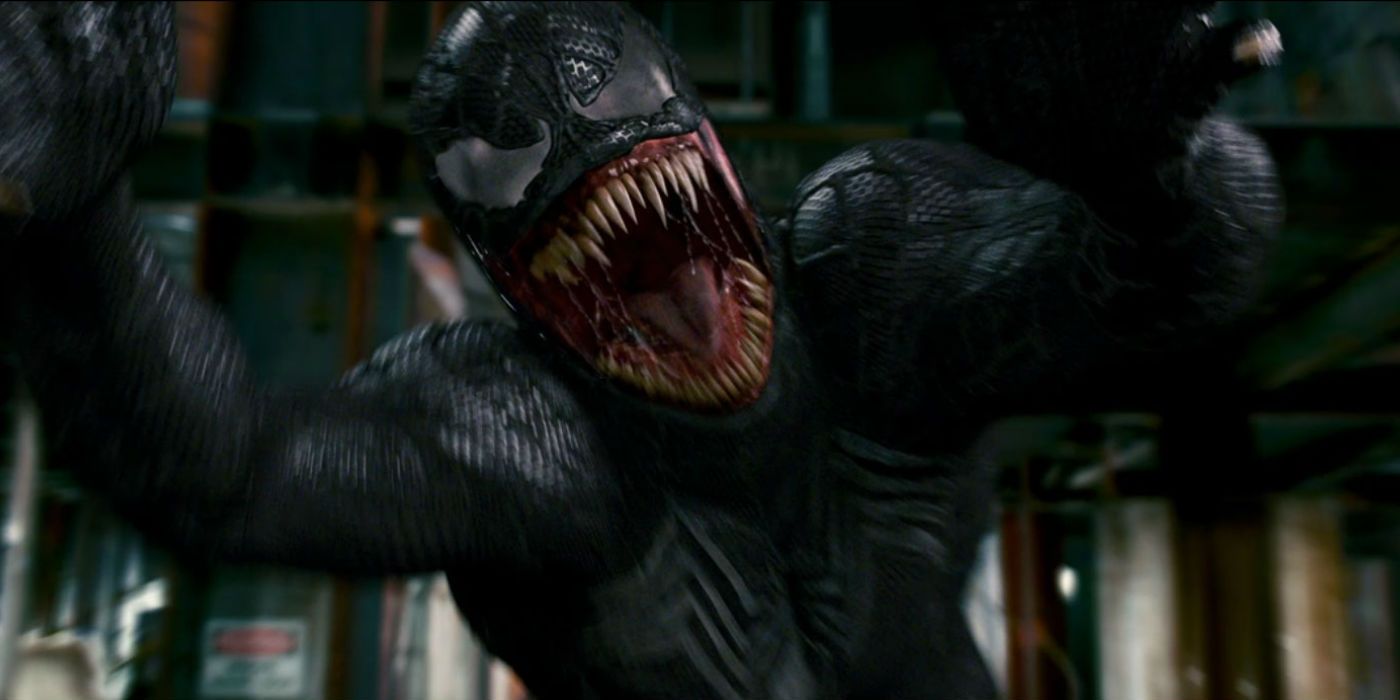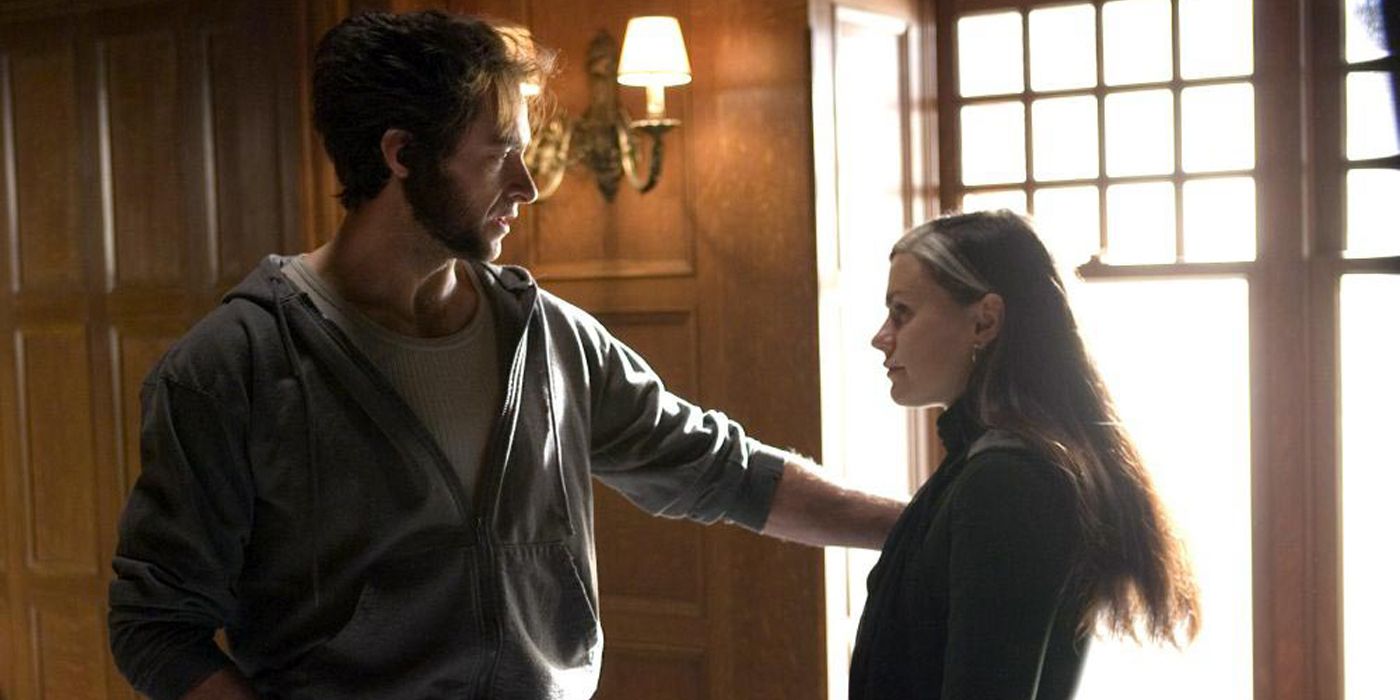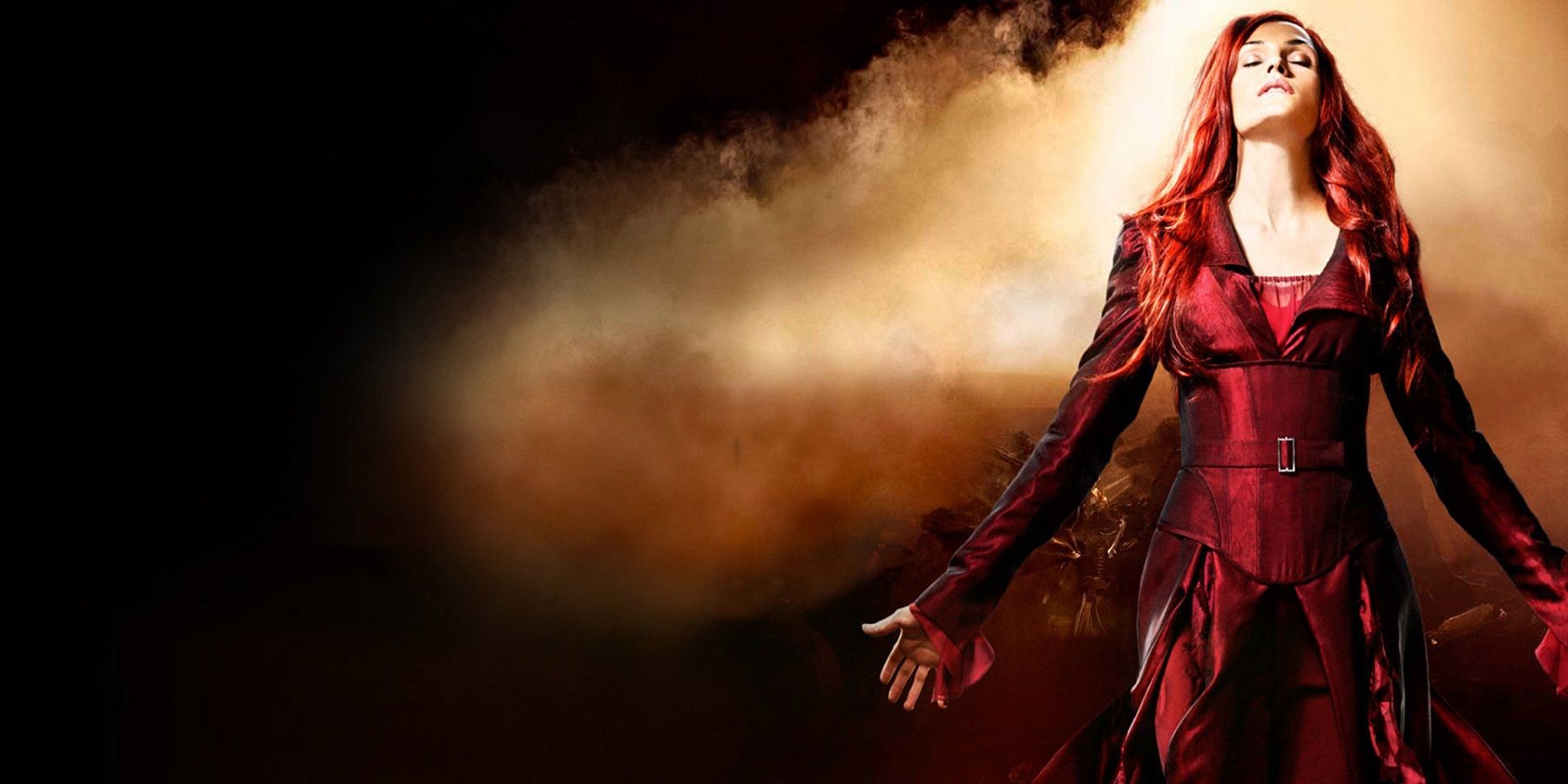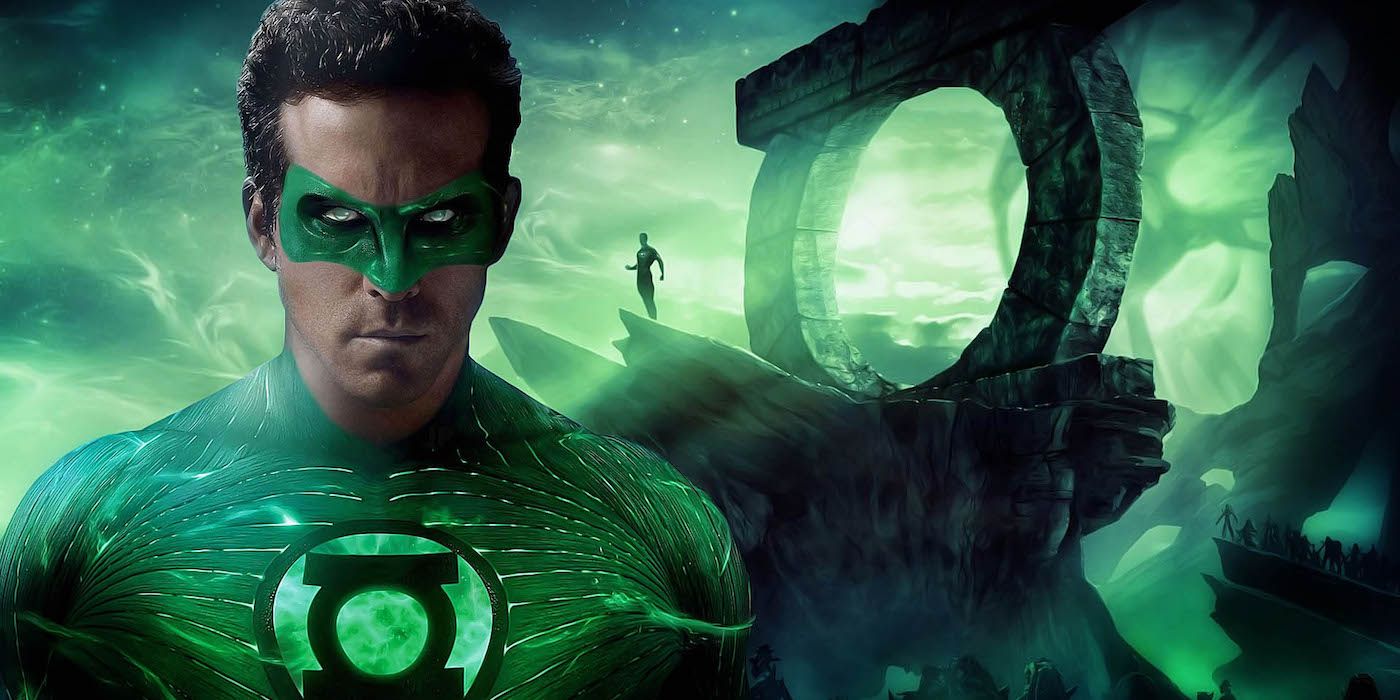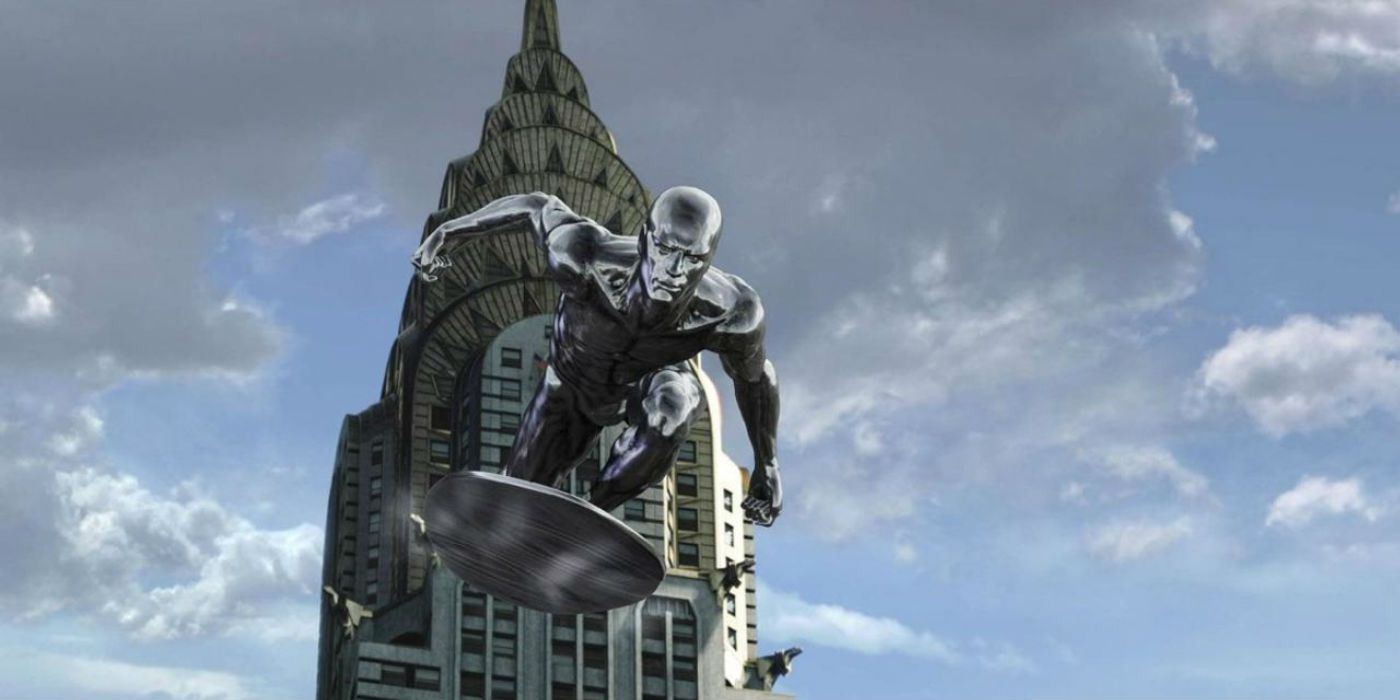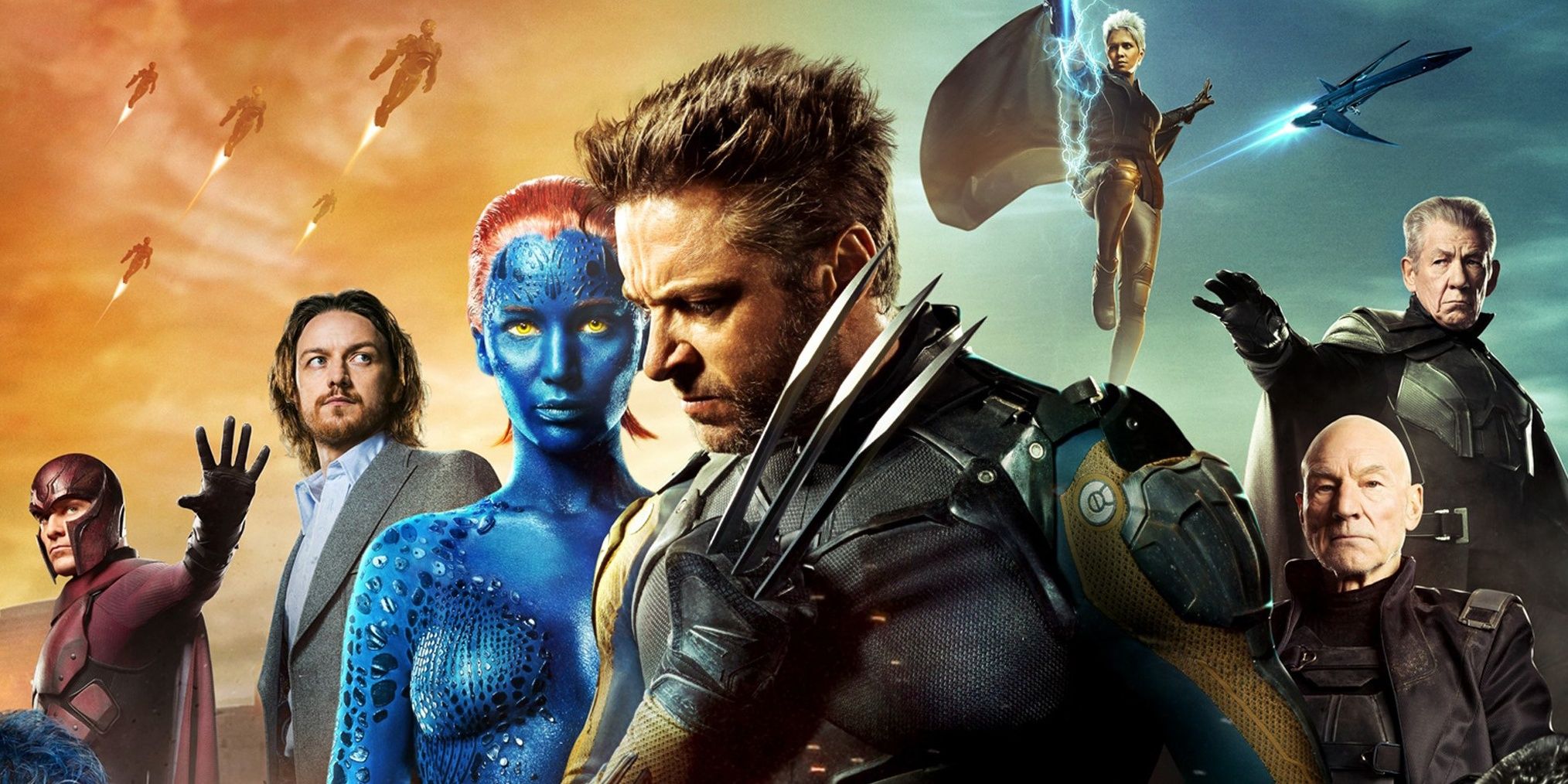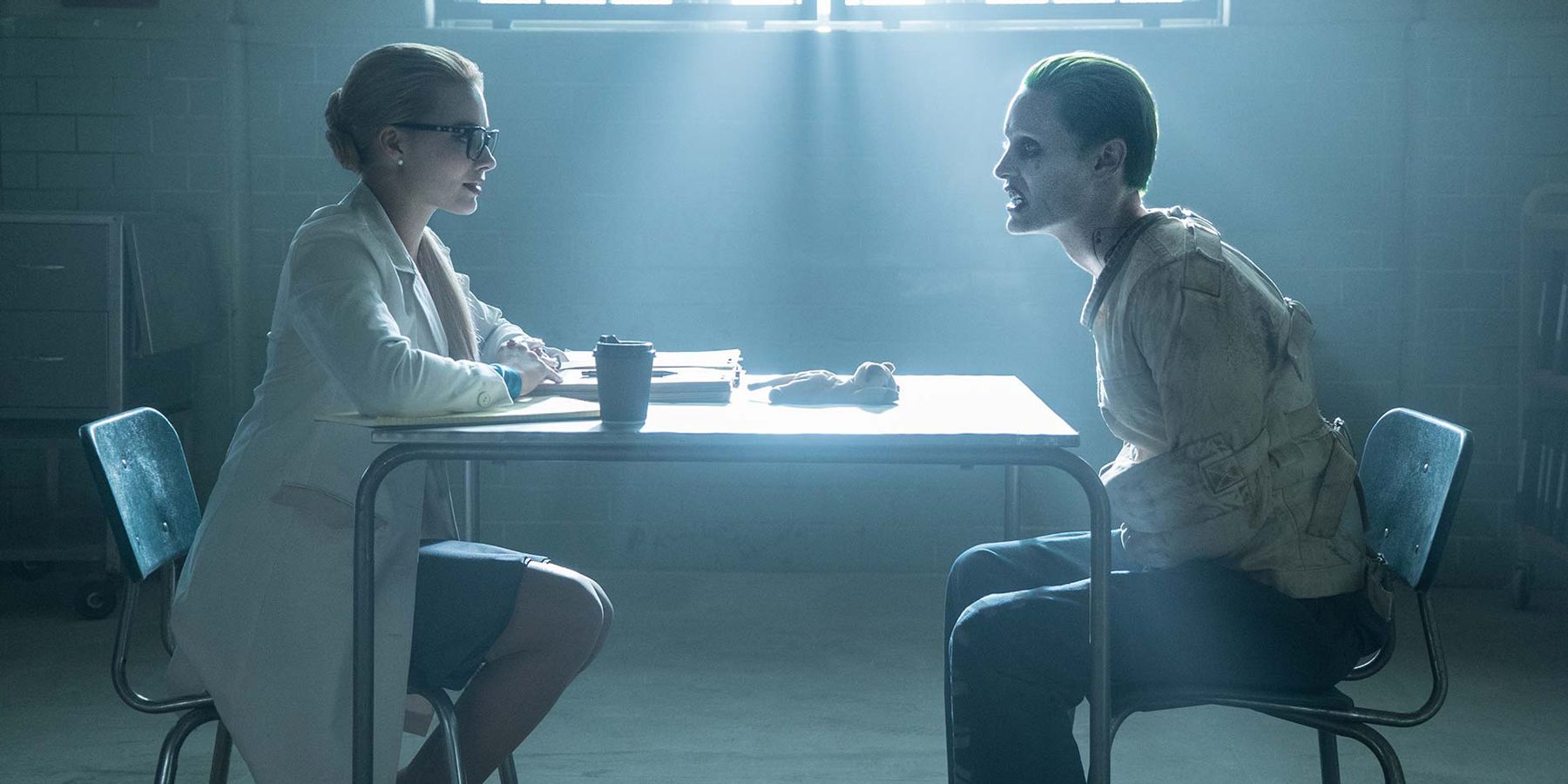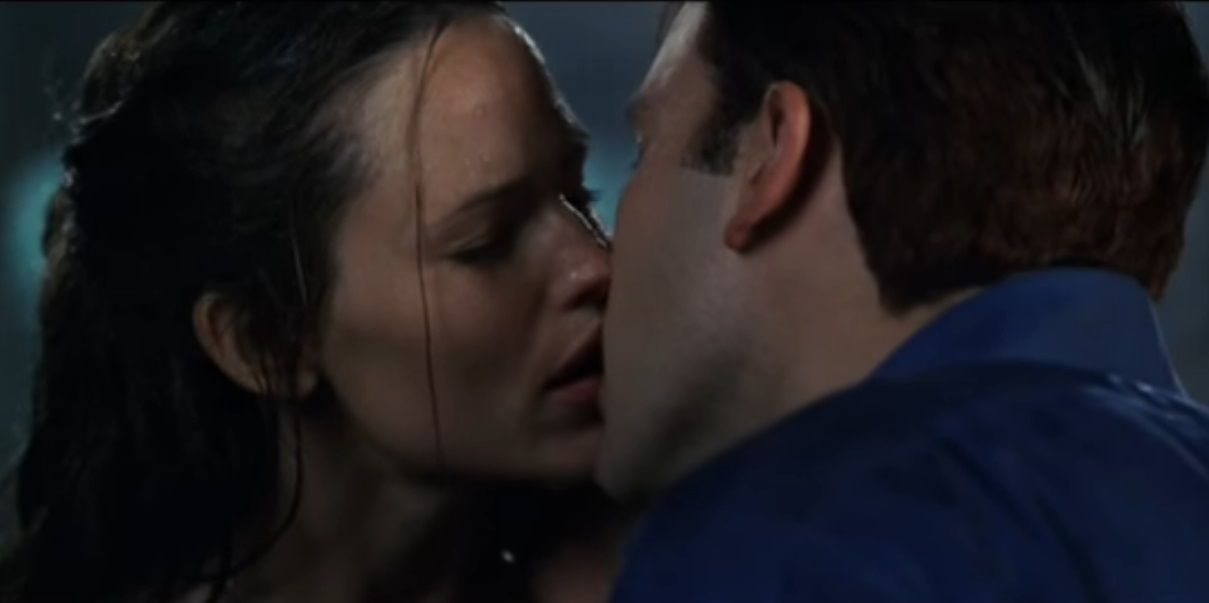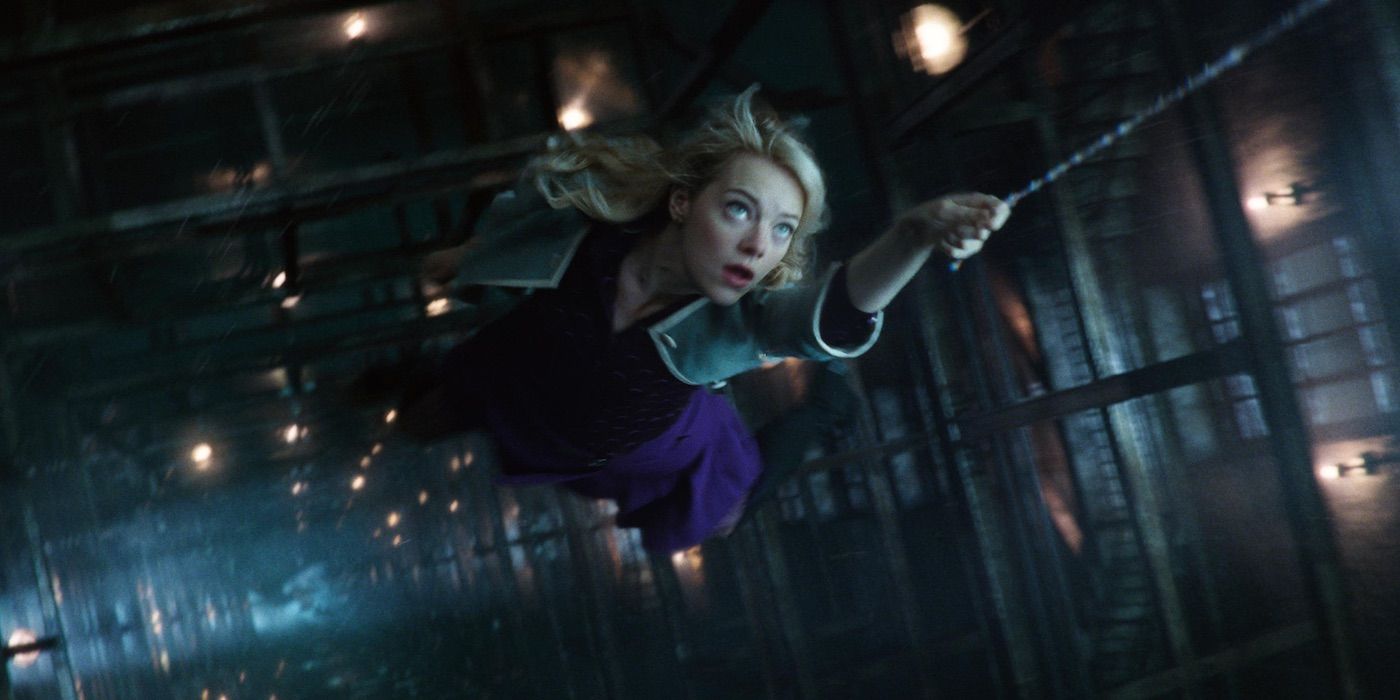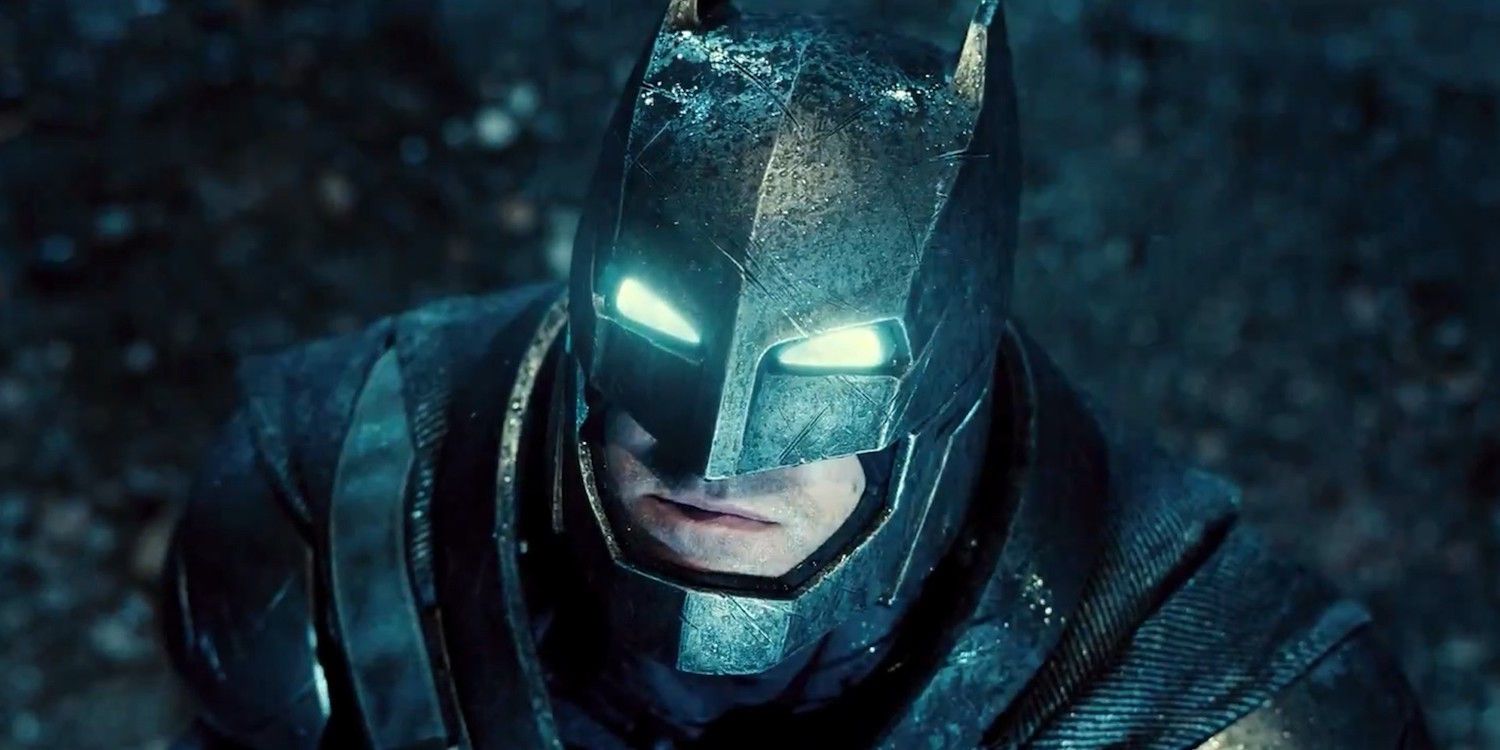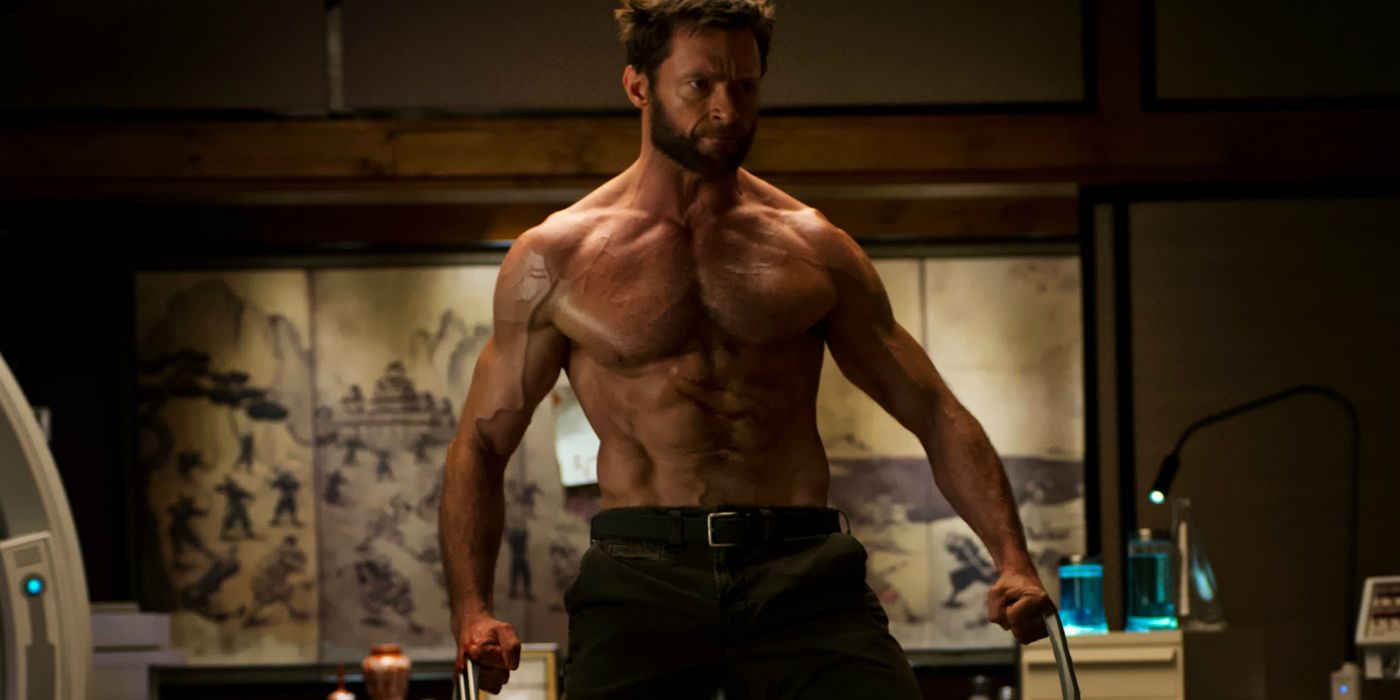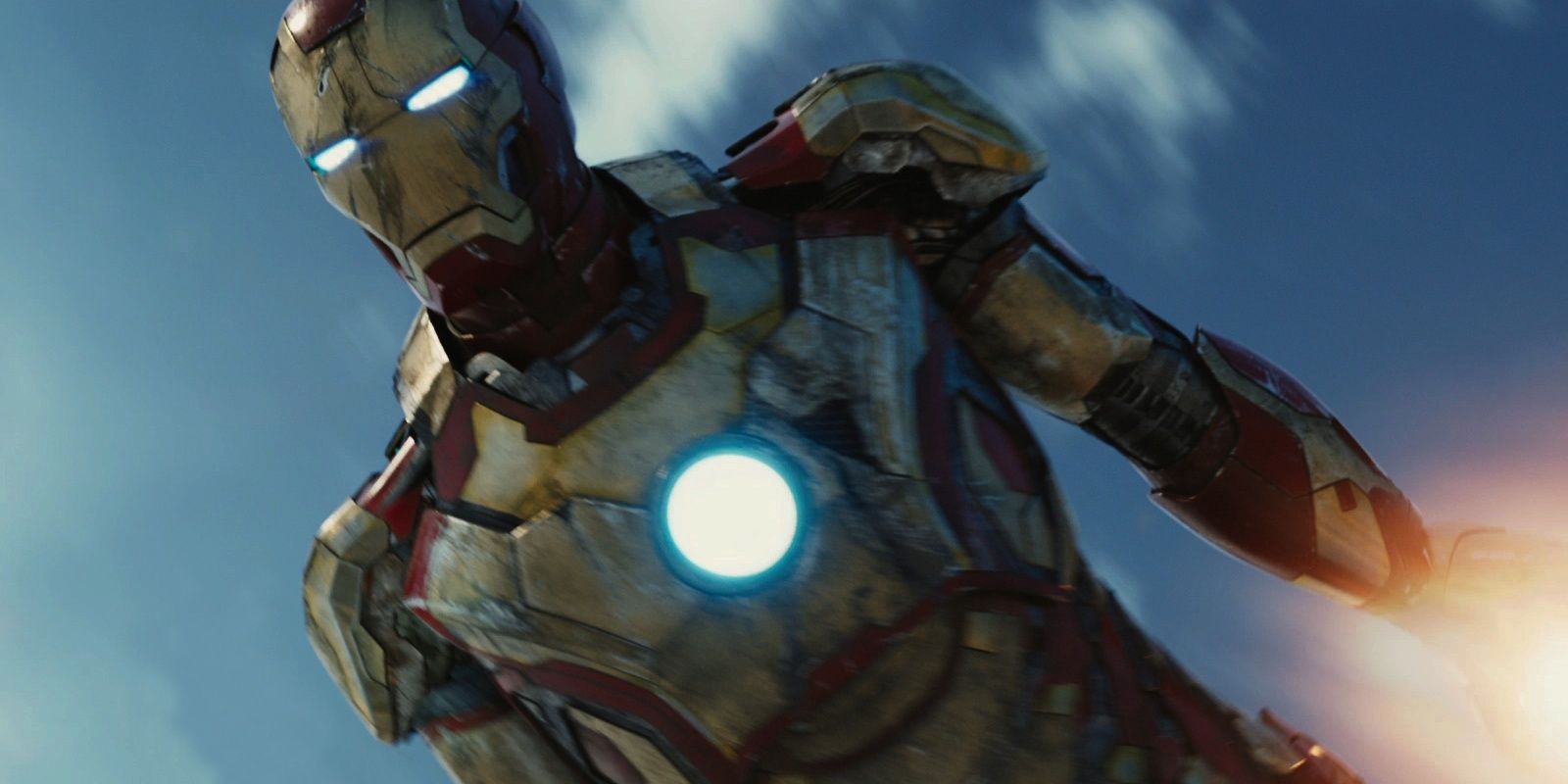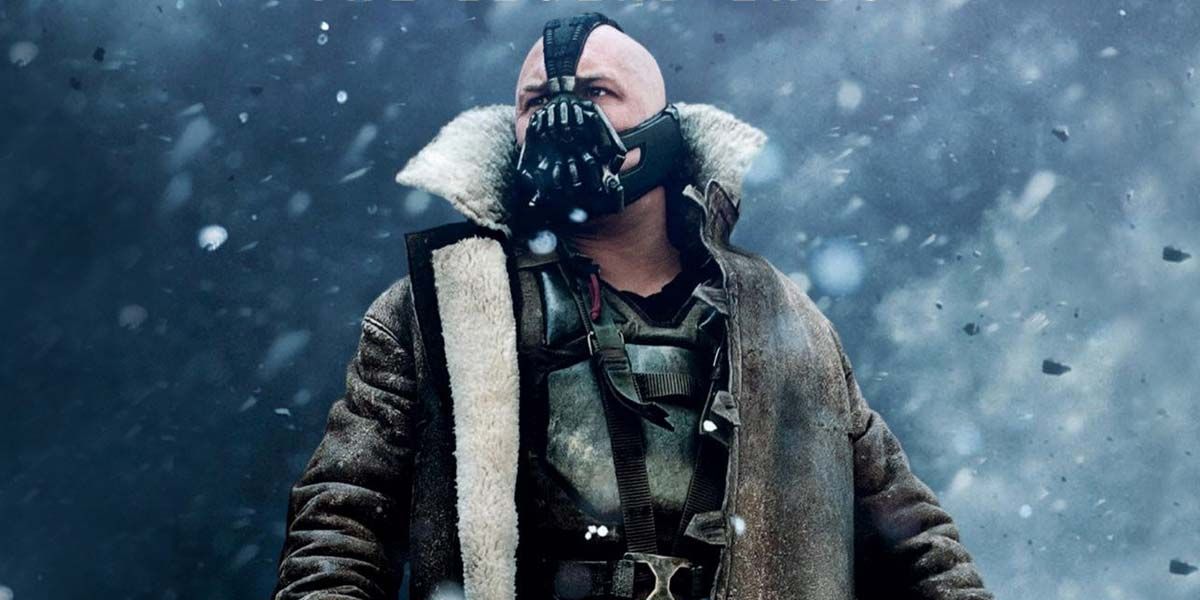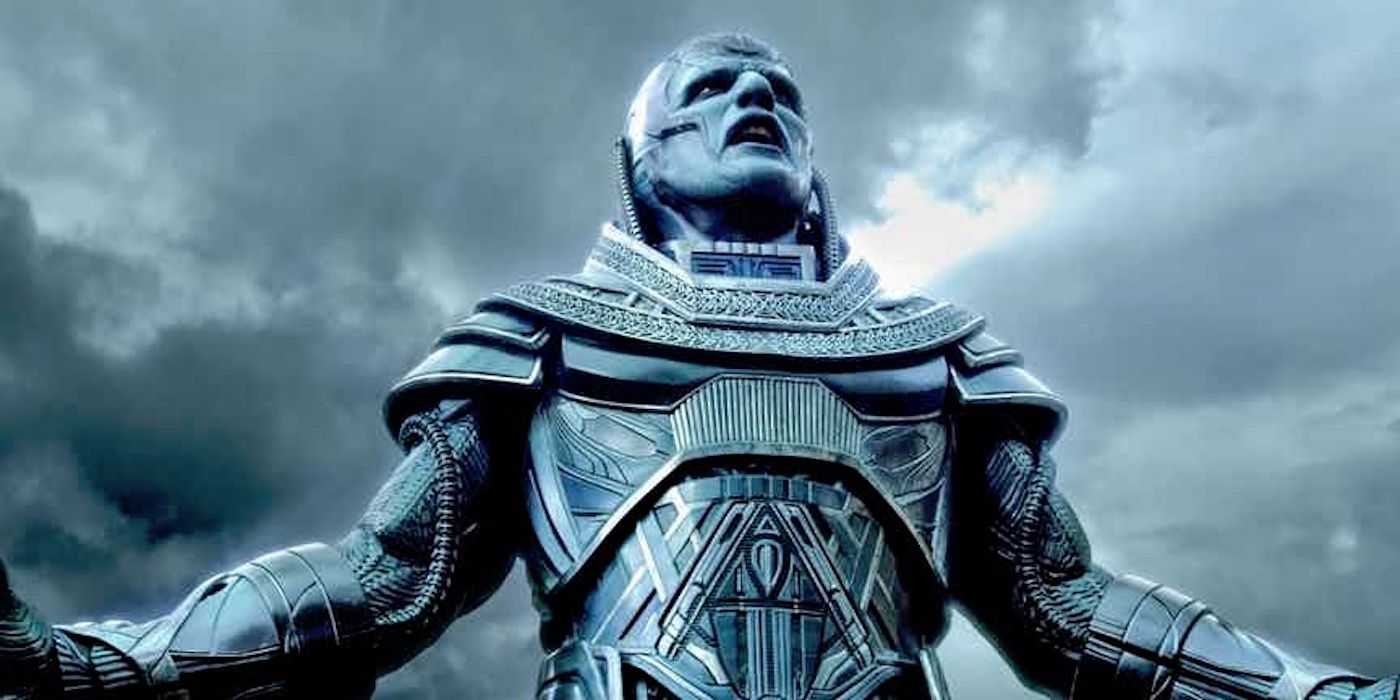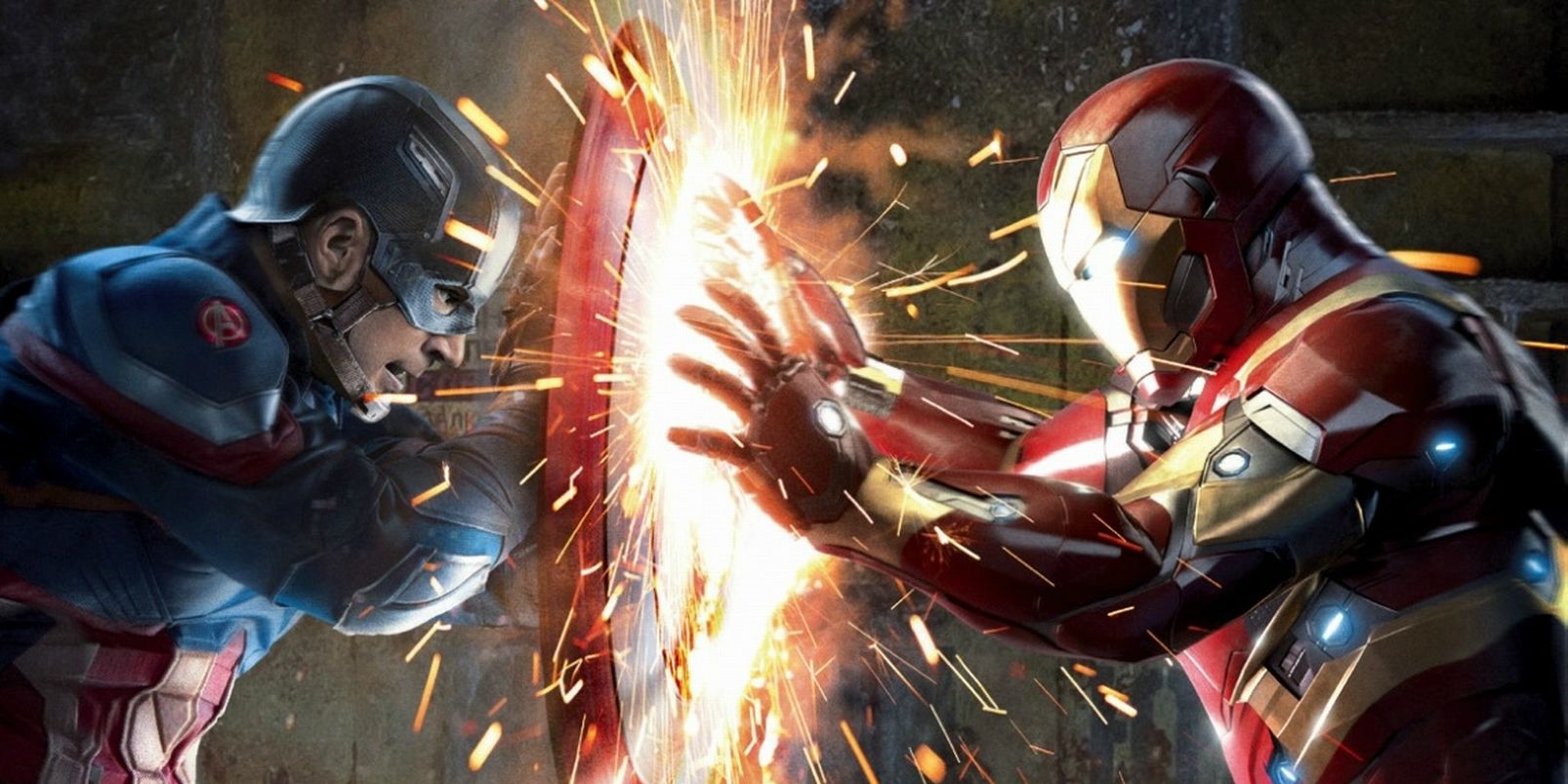Comic book movies are a staple of modern cinema at this point. In fact, there are at least four that hit the screens every year, and since the success of the early MCU films, studios have been gathering up every comic title from majorly popular characters to no-name indie books. Whether or not the film should be an exact replication of the comic or an adaptation of it, we can't really say, since comic films have found success with both models. However, there are quite a few comic storylines that didn't work out on screen.
RELATED: 15 Superhero Flicks That Might Be On The Fox Movie Lineup
Maybe it's because these stories were meant to be depicted in comics and comics alone, or maybe it's because the production of the film called for a recognizable storyline, but the world of the franchise didn't have room for it. With so many comic book films, the latter is especially apparent. Because so many titles are competing with each other, it feels like a lot of films have been made or are in production are trying to one-up their competitors by going with bigger and more famous comic events. Whatever elements lead to these depictions, there are 15 famous storylines that definitely didn't work out on screen; in fact, some of them straight up bombed.
15 VENOM (SPIDER-MAN 3)
To be fair, the origin of Spiderman's black symbiote suit is a bit convoluted and involves characters that Sony did not have access to, so it makes sense that some things were changed in Sam Raimi's third film. While Spider-Man 3 is generally disliked, it definitely deserves credit for streamlining aspects of the Venom storyline. The end result, however, was not what we were expecting from such an iconic villain origin story.
Frankly, the beginning of Eddie Brock's descent into villainy is actually pretty well done. His position as a competing Daily Bugle photographer acts as a connecting thread with Peter and the effects of his new alien suit — which came from a meteorite rather than a strange machine. However, once Eddie dons the symbiote, things get a little... weird and the convoluted revenge schemes and multiple villains just became a tangled mess.
14 THE MUTANT CURE (THE LAST STAND)
The first six issues of Joss Whedon's Astonishing X-Men introduced the concept of a mutant cure. The cure frames mutants as a disease, explored the theme of diversity and acceptance and made for a hot political topic within Whedon's story arc. The cure itself even caught the attention of a very visibly mutated Hank McCoy, whose long life of being judged by his appearance drew him to a possible escape.
The mutant cure was a compelling, critically-acclaimed storyline, one that wasn't too weighed down by a lot of comics history. This made it a great candidate for film adaptation, which is perhaps why it was chosen as the base for X-Men III: The Last Stand. However, the cure's political and social symbolism was a little lost in X3 and the film in general had a lot of plot-related issues, losing focus towards the third act.
13 DARK PHOENIX (THE LAST STAND)
Speaking of The Last Stand, the film borrowed from another famous comic storyline, The Dark Phoenix Saga. The comics version of The Dark Phoenix Saga has a lot more leading up to it and focuses on the fall of the regular Phoenix rather than Jean being resurrected simply as the Dark Phoenix. However, various elements of this storyline are still recognizable in X3.
In the film, "The Phoenix," rather than being a cosmic entity that possesses Jean, is actually a dual personality, one that has much more precise and destructive control over her telepathic abilities. After the events of X2, The Phoenix awakened and in The Last Stand, she is fully realized. Sounds close enough to the basis of the Phoenix, yet the Phoenix we saw in X3 was rather dull and only added to the film's confusion caused by its many plots.
12 GREEN LANTERN: SECRET ORIGIN
As the critically panned Green Lantern film began production, the writers ran into some issues regarding retelling Hal Jordan's origin story in modern times. Luckily, at around the same time, Geoff Johns' Green Lantern: Secret Origin began hitting the shelves and the writers of the film used it for reference. A lot of Secret Origin found its way into Green Lantern, not word for word, of course, but the influence is clear.
However, as we all know, the end result of Green Lantern was not the greatest. A lot of the focus of the film ended up being on the special effects, which, despite the budget and new technology, weren't all that great. Further, the film's basic, exposition-heavy plot didn't help things either. What served as a great modern telling of Hal Joran's origin ended up failing on screen.
11 THE GALACTUS TRILOGY
Why are comic book movies so obsessed with using the word "rise?" Whatever the answer, the depiction of The Silver Surfer and his connection to Galactus did not work well on screen in the second Fantastic Four movie. The first appearance of The Silver Surfer came in Fantastic Four #48, wherein the character served as a herald for the devourer of worlds, Galactus, who was coming for Earth.
In Fantastic Four: Rise of the Silver Surfer, we got a version of this story. It made sense to include both characters, since they are both Fantastic Four "properties," but the way they turned out was... decidedly unexciting. The Surfer doesn't feel like much of a threat and his overall character feels silly on screen, even next to the ridiculousness of the other characters. And let's not forget how the film turned the almighty Galactus into a very hungry cloud.
10 DAYS OF FUTURE PAST
Days of Future Past is perhaps one of X-Men's most famous story arcs, made more famous by the 2014 film adaptation. The storyline is about Kitty Pride, whose future mind is sent into her past body in an attempt to prevent the Mutant Registration Act, which leads to a future of mutant internment camps.
The film version of Days of Future Past is a bit different, resulting in a little bit of good and a little bit of not so great. For one thing, instead of Kitty Pryde going back in time, she sends Wolverine. Obviously this is a play for the drawing power of Hugh Jackman, but a lot of the other changes in the film are made because the pre-established continuity (which gets broken over and over again) didn't leave a lot of room for a perfect adaptation.
9 MAD LOVE (SUICIDE SQUAD)
Suicide Squad had a lot of hope leading up to its release, but unfortunately, the film we were treated to was... not all that great. It was a mishmash of too many characters, long and clunky exposition and forgettable action. Among the various origin stories is an adaptation of Harley and Joker's relationship. These scenes take pages from "Mad Love," the Bruce Timm story that was later adapted into an episode of Batman: The Animated Series, which follows Harley's decent from the Joker's psychiatrist to infatuated sidekick.
Suicide Squad took some creative liberties with the story, however, which did not help the film's depiction of Harley and Joker. Harley's interviews with the Joker as his psychiatrist are cut down to a single scene and she becomes obsessed with the Joker before chasing after him on a motorcycle, then jumping into the same vat of chemicals that bleached the Joker. Wait, what?
8 ELEKTRA & DAREDEVIL (2003)
Daredevil from 2003 was not incredibly well-received, and while the director's cut redeems itself a bit, the film was generally disliked. Perhaps there were too many balls in the air, too many plots juggled, but the film definitely didn't do the source material justice. We're not just talking about Daredevil comics in general, the film very heavily adapted Frank Miller's introduction of Elektra in the Daredevil comics of '81 - '82.
However, the adaptation just doesn't work. Elektra is introduced into Matt's life a little differently and their relationship is rushed, as is her father's death and her revenge. Seriously, she just puts on a leather outfit and rocks some sais right after her dad dies. Some of the film's moments are directly lifted from famous pages in the comics, but that didn't help the confusing story and overly-tragic plot execution.
7 THE NIGHT GWEN STACY DIED
The comics world was struck by the death of Gwen Stacy, featured in The Amazing Spider-Man issues #121 and #122. It is one of the more famous death scenes in comics and had a lasting effect in Spider-Man's life. After the Green Goblin dropped Gwen, Spider-Man moves to save her, causing her neck to snap when he caught her with his webbing.
This famous comic story was adapted in The Amazing Spider-Man 2, and it's... okay. The visual effects and raw emotion are definitely strong parts of the film, but everything leading up to it aren't as great. The Green Goblin's origin is rushed into no more then 30 seconds and his motivation for attacking Gwen is confusing at best. Plus, the dark, emo vibe of the entire film, especially after Gwen's death, was just a bit too much.
6 THE DARK KNIGHT RETURNS (BVS)
Generally considered one of the best Batman stories of all time, Frank Miller's The Dark Knight Returns redefined Batman, helping to modernize how he was depicted. As many know, the comic follows Batman as he comes out of retirement to fight a rise in crime. The gritty take on the hero has influenced both Batman comics and Batman films, the most recent being Batman V. Superman: Dawn of Justice.
Everything from Batman's costume — both his regular suit and the power armor — to his fight with Superman, has a lot of imagery, themes and plot pieces from The Dark Knight Returns. However, since the film seems to combine quite a lot of comics storylines, it gets a bit confusing, and the entire Bats vs. Supes sequence seems out of place. Furthermore, theres not enough elements of TDKR leading up to the fight for it to make much sense.
5 WOLVERINE IN JAPAN
Speaking of Frank Miller, he and Chris Claremont worked on another famous comic series, the first volume of Wolverine's solo series. The first four issues cover Wolverine's return to Japan, his dealings with The Hand and his relationship with Mariko Yashida. The comic served as the basis for The Wolverine, the second solo Wolverine film in Fox's X-Men film series.
There's a lot to like about the adaptation of the comic into the film, Wolverine fights a lot of ninjas like a badass, the opening is very strong and the film has some good modern updates to the story. However, overall, it's kind of all over the place. It very much has the feeling that it's trying to combine an original plot with elements of Claremont and Miller's comic, the two stories fighting with each other and resulting in a lackluster execution.
4 EXTREMIS (IRON MAN 3)
Warren Ellis' six issue Iron Man story arc, Extremis, had a lot of its elements used for the very first Iron Man film. The character's origins were updated and redone in Extremis and this new streamlined origin was used as the basis for the first Iron Man movie. The latter half of the series was used partially for Iron Man 3 as well. However, the adaptation of the Extremis virus and the elements surrounding it didn't go so well on screen.
Like a lot of the items on this list, part of the reason these film adaptations don't always go so great is because they try to combine too many stories, villains and/or plots. Iron Man 3 juggles just a few too many comic elements and things just get plain kooky when a fire-breathing Guy Pearce and dozens of Iron Man suits start showing up.
3 KNIGHTFALL (THE DARK KNIGHT RISES)
In "Knightfall," Bane "broke the bat" -- he took the Dark Knight and cracked his spine over his massive, venom-muscled knee. "Knightfall" was Bane's first appearance, as the character was created specifically for the story, a steroid-enhanced super-genius. After Bane breaks free from the central American prison he was raised in, he decides to take Gotham City from Batman's "rule." He does this by hunting down Batman, breaking his spine and setting hundreds of criminals free upon Gotham.
Much of these elements were used for The Dark Knight Rises; however, the film is perhaps the least-liked of the Dark Knight Trilogy, due in no small part to the watered down version of Bane and the Knightfall story. On top of that, the strange inclusion of Talia al Ghul, Catwoman and a pseudo-Robin muddled things all the more.
2 AGE OF APOCALYPSE
Because Fox owns the film rights to the X-Men and not much else, they have to compete with the MCU, despite the fact that the original X-Men films came out before Iron Man. In their attempts to compete, much like a lot of the films on this list, they used recognizable comics storylines and their titles to grab in audiences. X-Men: Apocalypse was on of those films.
Apocalypse, like many of the X-Men films, suffers from a very confusing and convoluted timeline that is simultaneously trying to and trying not to fix the first three movies, which ends up with a lot of characters not being used for the right stories. Apocalypse has a lot of issues as a film, some of which are because the adaptation of the original comic is very loose and confusing.
1 CIVIL WAR
Captain America: Civil War ended up being more of an Avengers movie and not much of a Civil War one. Part of this is because Marvel Studios doesn't have access to the film rights of every character featured in the original Civil War comic. The MCU may have wanted to wait until they did something as big-scale as Civil War, since there isn't enough of the comic characters for it to work. As a result, the entire thing feels watered down.
The theme of government control of superpowers remains in both the comic and the film, and yet we lose the need for any kind of control since Ultron's destruction of Sokovia feels less impactful than the destruction of Stamford. Civil War is still a great film, just not as strong as the comic, since it had a lot more going on within its pages to appreciate.
Which comic book storylines that got translated to the screen never should have left the pages? Let us know in the comments!

